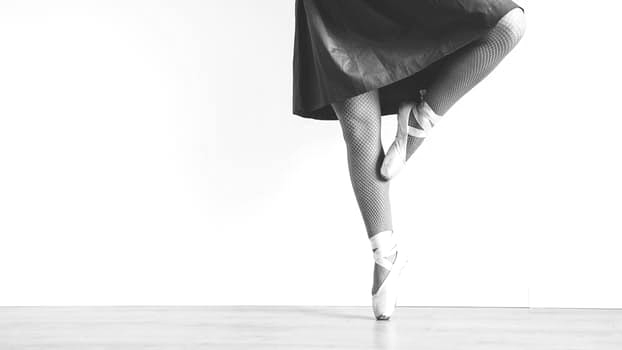How Biomechanics affect Dance
Applying Biomechanics to Dance
Dance Knowledge is offering a free online course regarding the biomechanics of dance and the laws of physics that govern the way dancers move.
The course, What is Biomechanics, provides an introduction to the field of biomechanics as it relates to dance and examples of how Newton’s Laws of motion apply to dance. Specifically:
- Recognising how the concepts of mass and force apply to a dancer’s body
- Interpreting Newton’s laws of physics in the context of dance movements
- Analysing dance movements with respect to how the laws of physics affect dance movements
The course is presented by Dr Luke Hopper – an Australian dance scientist with a research focus on the biomechanics of dancer performance and injury.
Newton’s Laws of Physics
Professor Isaac Newton influenced modern science with his four key laws relating to motion and gravitation. Luke explains how dancers follows these laws of physics.
The only way dancers can move through space is via an internal force (use of muscles) or external force (gravity, floor, barre). To understand how dancers move around, we need to understand the four laws.
The course explains the following concepts in regards to dancing.
- 1st Law of Motion – Inertia
- 2nd Law of Motion – Acceleration
- 3rd Law of Motion – Action and Reaction
- 4th Law – Gravitation
- Position and displacement
- Velocity
- Acceleration
- Jumping Around
- Angular motion




